Formerly a Roman Catholic Seminary, location four has been standing since 1966 and has taken many forms since its construction fifty-some years ago. The building itself initially served as an educative site to training priests yet has also fulfilled alternative purposes over its lifetime such as functioning as a drug rehabilitation centre in the 1980s.
On the outskirts of the main building just past the site gates sits the remnants of a small outhouse just off to the side of the path.
Extreme degradation to the site itself is evident when compared with its condition when in operation. This is easily attributable to extensive fire and water damage over the years alongside constant exposure to year-round harsh Scottish weather conditions.

Very little of what once was remains within the ruin. Central staircases in each building are fenced and inaccessible, however prayer rooms are still standing alongside tiled bathrooms.

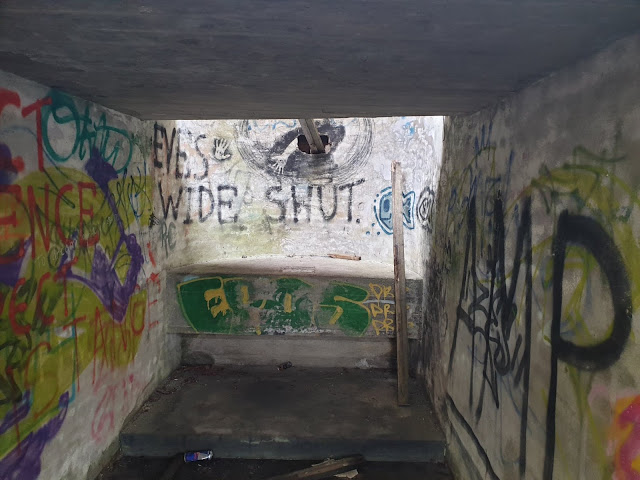


Within the premises, the basement levels remain. Of which, access to the main building lower level is restricted.


The basement, alongside the building in its entirety is severely graffitied, however, some of the works appear to be semi-professional and add to the building's character.
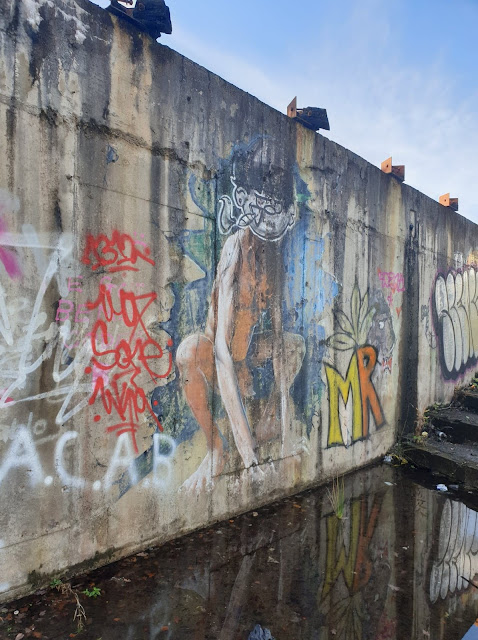
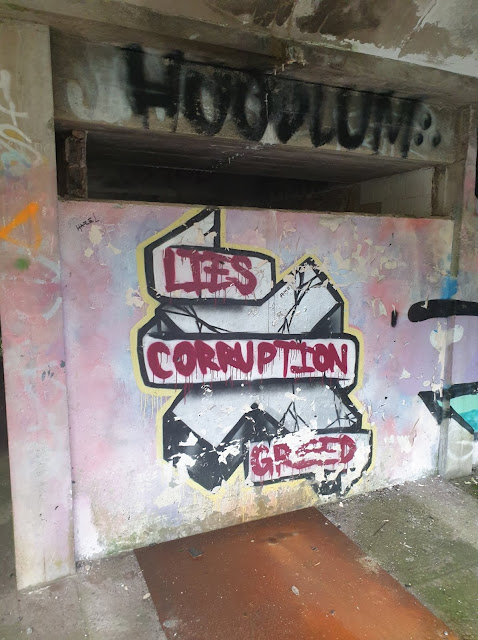
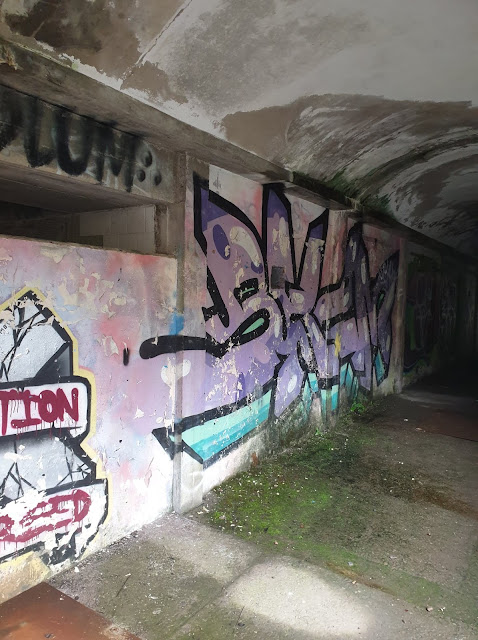
![]()

Altogether, the state of the building now in terms of its architecture and the art which features on its walls is in some ways the true legacy of the site in that it is more meaningful for what it represents now than what it did when it was in operation. The seminary was intended to be converted into an art exhibit and was the site of a lights exhibition which ran for ten nights as part of Scotland's Festival of Architecture in 2016.
Source: NVA
However, in 2018 NVA closed down and so long-term restoration efforts for the seminary have been halted and to this day the building remains a ruin.




[Read my last blog post HERE]
More blogs on this location:
https://www.28dayslater.co.uk/threads/report-st-peters-seminary-cardoss-scotland-2018.114658/
http://www.gcat.org.uk/urbex/?p=115
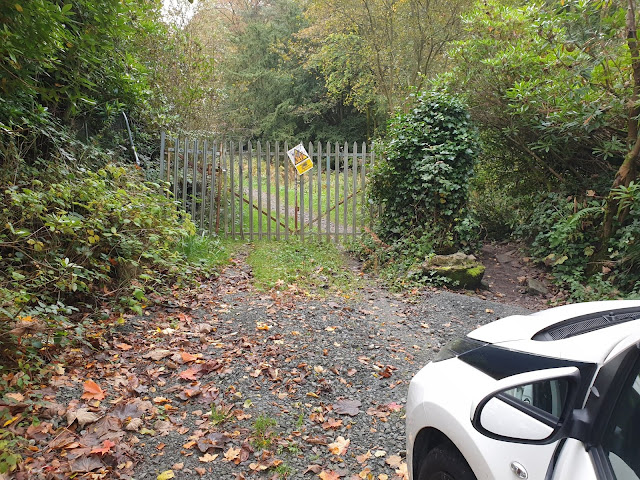 |
| Site Gates ft. Roscoe |
Extreme degradation to the site itself is evident when compared with its condition when in operation. This is easily attributable to extensive fire and water damage over the years alongside constant exposure to year-round harsh Scottish weather conditions.
 |
| Source: Wikipedia |

Very little of what once was remains within the ruin. Central staircases in each building are fenced and inaccessible, however prayer rooms are still standing alongside tiled bathrooms.




Within the premises, the basement levels remain. Of which, access to the main building lower level is restricted.


The basement, alongside the building in its entirety is severely graffitied, however, some of the works appear to be semi-professional and add to the building's character.
 |
| Source: Alan McAteer |
 |
| Source: NVA (Angus Farquhar) |




Altogether, the state of the building now in terms of its architecture and the art which features on its walls is in some ways the true legacy of the site in that it is more meaningful for what it represents now than what it did when it was in operation. The seminary was intended to be converted into an art exhibit and was the site of a lights exhibition which ran for ten nights as part of Scotland's Festival of Architecture in 2016.
 |
| Source: NVA |
Source: NVA
However, in 2018 NVA closed down and so long-term restoration efforts for the seminary have been halted and to this day the building remains a ruin.




[Read my last blog post HERE]
More blogs on this location:
https://www.28dayslater.co.uk/threads/report-st-peters-seminary-cardoss-scotland-2018.114658/
http://www.gcat.org.uk/urbex/?p=115

Yikes even that big gate is getting me scared!!! No ty
ReplyDeleteAmazing locations. Keep them coming!
ReplyDelete